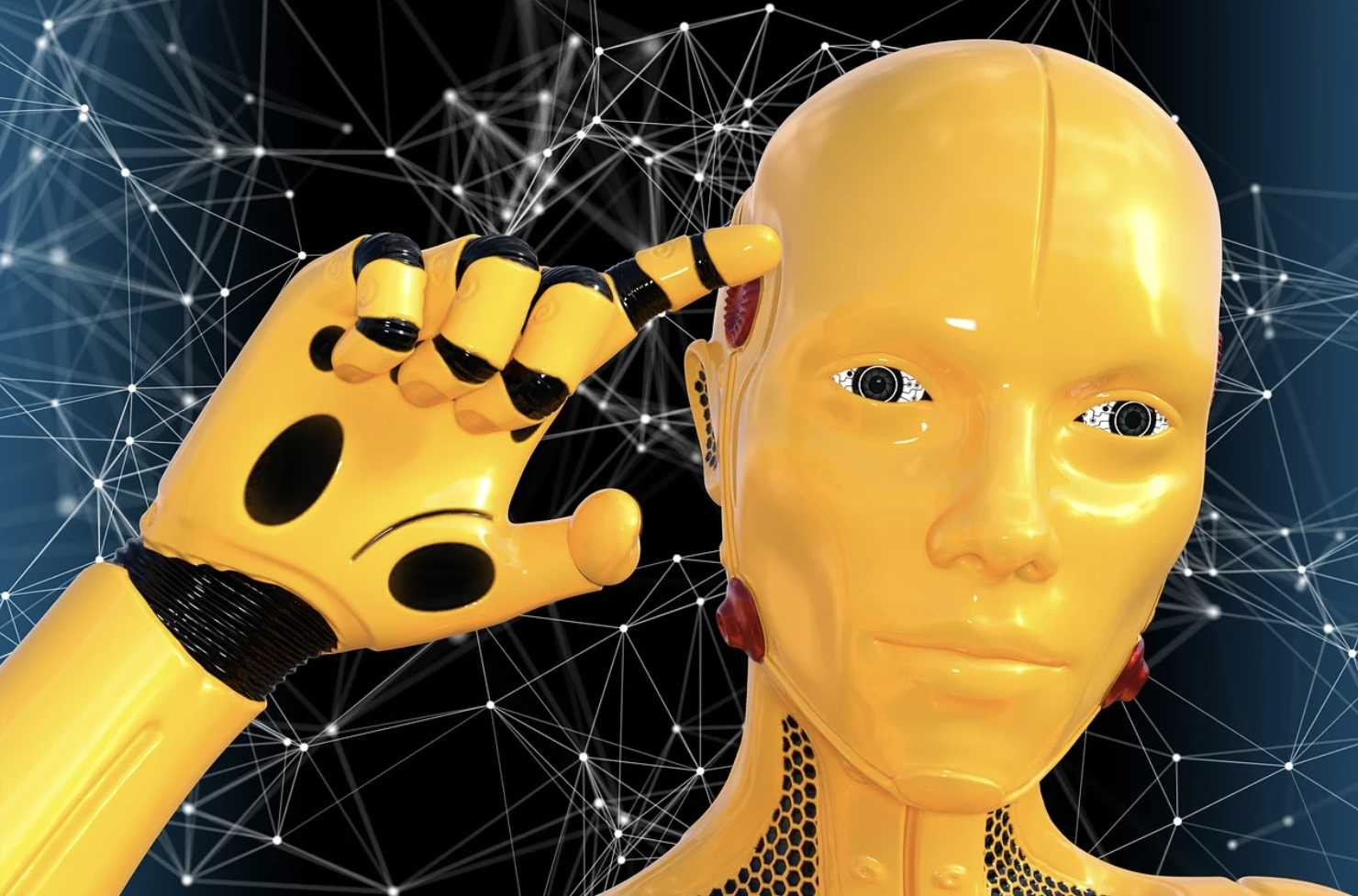Virtual Reality – The road ahead
Virtual Reality (VR) is a computer-generated environment with scenes and objects that appear to be real, making the user using the Virtual Reality headset feel they are immersed in their surroundings. Unlike Augmented Reality, It is fully immersive and everything the user sees is part of an environment artificially constructed through images, sounds, etc.
Main applications of Virtual Reality
Medicine, culture, education and architecture are some of the areas that have already taken advantage of this technology. From guided museum visits to the dissection of a muscle, Virtual Reality allows people to cross boundaries that would otherwise be unimaginable.
Virtual Reality in education and training
Virtual Reality is already making great inroads into education, with a large number of business startups and established companies offering packaged experiences and services aimed at schools. A study published in 2019 found that medical students trained using VR were able to carry out certain procedures quicker and more accurately than peers trained using traditional methods.
These new methods of teaching and learning would become increasingly effective as new technologies emerge. Teslasuit is one remarkable product, which uses a full-body suit to offer haptic feedback, enhancing the immersion through the sense of touch. It also offers an array of biometric sensors enabling the user’s heartbeat, perspiration, and other stress indicators to be measured. The suit is already used in NASA astronaut training, but the potential uses that it promises are unlimited.
For training, Virtual Reality could be used to safely simulate any number of hazardous or stressful conditions and monitor the way people respond to them. Virtual Reality can also be used as a training tool to deal with dangerous situations. It would drastically reduce the financial risks involved with letting students and inexperienced recruits loose with expensive tools and machinery in any industry.
Virtual Reality in industry and work
The COVID -19 pandemic has changed many things about the way people work, including the wholesale shift to home working for large numbers of employees. This brings challenges, including the need to retain an environment that fosters cooperative activity and the building of company culture. Solutions involving Virtual Reality are quickly emerging to help tackle these.
Spatial, which creates a tool best described as a VR version of Zoom, reported a 1,000% increase in the use of its platform since March 2020. In total, the value of the market for VR business equipment is forecast to grow from $829 million in 2018 to $4.26 billion by 2023, according to research conducted by ARtillery Intelligence.
Communication giant Ericsson, which had provided Oculus VR headsets to employees working from home during the pandemic for VR meetings, has talked about creating the “Internet of Senses.” This involves developing projects involving simulating touch, taste and smell, and sensations such as hot or cold. They predict that by 2030, people would be able to enter digital environments that appear completely real to all of the five senses simultaneously.
This would lead to the advent of what it calls the “dematerialized office” – where the office would effectively vanish from our lives as we would be able to create entirely interactive and collaborative working environments wherever we are in the world, simply by slipping on a headset and whatever other devices are needed for the task at hand.
Virtual Reality in socialising
Several VR-based social platforms allow friends or strangers to meet up and chat or play in virtual environments, such as VR Chat, AltspaceVR, and Rec Room. As with VR in other fields, the growing level of immersion that is possible due to new technological developments would make them more useful and more attractive to mainstream audiences throughout the coming decades.
Facebook, which has long had a stake in VR due to its acquisition of headset manufacturer Oculus, unveiled its Horizon World platform. It allows people to build and share collaborative online worlds where they can hang out, play games, or work together on collaborative projects.
The social lives of people are becoming increasingly remote. More social interaction would gradually move into the online realm, too with the increasingly busy daily life of people. People would have more meaningful ways to connect with other humans as technology improves in this area.
Virtual Reality in games and entertainment
The major impact that Virtual Reality has on gaming. The reason the technology is developing at the pace it is today is due to the large market of people willing to spend money on the most impressive and immersive entertainment experiences.
There could be two markets for consuming VR entertainment – at least in its early days. While the most immersive and impressive tech is big, expensive, and requires technical skill to operate, it is more viable to offer it at dedicated venues rather than as an in-home experience. As with movies, the stay-at-home offerings would provide something perhaps a little less spectacular but more convenient.
The Future of Virtual Reality
Over the next few years, Virtual Reality is going to see a huge transformation. The effects of this transformation would be far broader, touching on overall work, education, and social lives.
Today’s most popular VR applications involve taking total control of a user’s senses (sight and hearing) to create an immersive experience that places the user in a fully virtual environment that feels real. Very soon, VR creators would extend this sensory hijacking to other faculties – for example, touch and smell – to deepen that sense of immersion. At the same time, the devices that are used to visit these virtual worlds would become cheaper and lighter, removing the friction that can currently be a barrier.
Virtual Reality is one of the technologies with the highest projected potential for growth. The market is demanding applications that go beyond leisure, tourism or marketing and are more affordable for users. Virtual interfaces also need to be improved to avoid defects such as clipping, which makes certain solid objects appear as though they can be passed through. Efforts are to be given to work in areas to minimise the effects that VR produces on people. For example, motion sickness, which consists of dizziness induced by the mismatch between the movement of our body and what is being seen in the virtual world needs to be worked upon.
The big technology companies are already working to develop headsets that do not need cables and that allow images to be seen in HD. They are developing Virtual Reality headsets in 8K and with much more powerful processors. It is being worked upon so that in the next few years Virtual Reality could integrate Artificial Intelligence. The latest 5G standard can also provide very interesting scenarios for the evolution of Virtual Reality. This standard will allow more devices and large user communities to be connected. In addition, its almost imperceptible latency would make it possible for consumers to receive images in real-time, almost as if they were seeing them with their own eyes.
Virtual Reality is no longer a fantasy limited to science fiction. It is integrated into the present world and, in the coming years, it will lead to advances that will shape a new future.
What lies ahead – Virtual Reality in the coming few decades
Researchers predict that extended reality (XR) – a term that covers virtual reality (VR), augmented reality (AR), and mixed reality (MR) – would be one of the most transformative tech trends in the coming few years. It would be enabled and augmented by other tech trends, including super-fast networking, that would let us experience VR as a cloud service just like currently music and movies are consumed. Artificial intelligence (AI) would provide us with more personalised virtual worlds to explore, even giving us realistic virtual characters to share our experiences with.
Virtual Reality (VR) is set to see significant growth in the next ten years, with researchers estimating it will become a $51 billion (€44bn) industry by 2030. The VR market remains heavily oriented around gaming, but VR is gaining traction in areas such as social media and live streaming. It is expected of enterprises to become the key market for VR over the next three years, outpacing the consumer segment. VR is already in use across the retail, defence, airlines, oil and gas, and healthcare industries – primarily for training purposes. However, the Covid-19 pandemic triggered a shift to remote working that has boosted the adoption of VR by enterprises not just for training, but for collaboration, data visualisation and customer experience.
Smartphones, coupled with headsets, have been the most common use for delivering a Virtual Reality experience for a few years now. This has been the most accessible entry point for consumer VR use. Virtual reality is a lot more mature than the existing augmented reality market. The required software tools and hardware platforms to create an immersive VR experience are already available. With the availability of more advanced systems such as the Oculus Rift, coupled with 360 cameras, virtual reality experiences are quickly finding new avenues in our lives.
The Future of Virtual Reality: Business Opportunities
The future of VR is looking pretty good. Virtual Reality has the potential to disrupt several industries as many companies are looking for innovative ways to increase their productivity while improving their processes and maintaining their company culture intact, and as remoteness gains traction, VR’s chances of helping achieve these goals become more of a reality.
Like many other technologies, the future of VR depends strongly on how both the hardware and software evolve. However, this does not impede imagining what the future of VR may look like. Speculating about the future is a great way to develop new products, and most importantly, it can help companies be prepared to embrace what the future holds.
There are many ways in which the future of VR seems promising. Although it often feels like an overstatement, this technology would rewrite the rules for many industries. Just as Machine Learning and Artificial Intelligence are pushing digital transformations forward, so will also Virtual Reality.
One of the secrets of building a powerful VR product is to work with someone who has the right vision and skills to succeed in the market. Business consultants can help businesses stand out in highly competitive markets. They can help to either understand the future of the business and the role VR plays, or guide to develop of a powerful and state-of-the-art VR product.
Please read more about Ande’s thought leadership on Future Businesses and the top 10 technologies that would prevail in our future times.
Bio Revolution | Genetic Engineering | Clean Energy | Virtual Reality | Sustainability | Nano Technology | Machine Learning | Internet of Things (IoT) | Artificial Intelligence | Cyber Security & Cloud Computing








